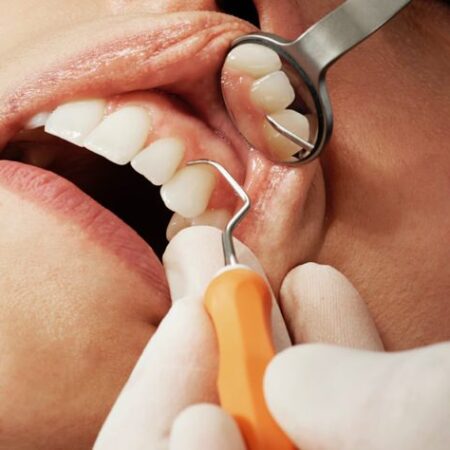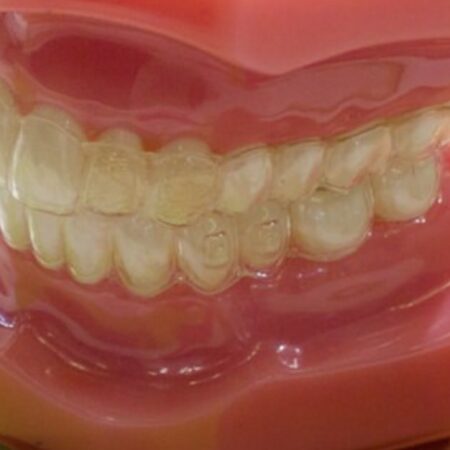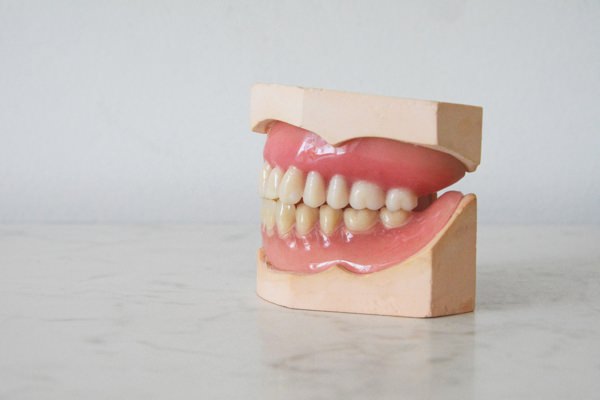As always, In the month of February we are reminded of a staggering statistic: Heart disease is the leading cause of death in Canada, and globally.
This highly preventable disease is posing a strain on our health care system and decreasing the length and quality of the lives of those we care about.
I am sure that you as well as I, have lost friends or family members in their 40’s and 50’s as a result of a heart attack or stroke.
Most oral health professionals (especially those who are aware of the Bale/Doneen Method) also now understand that people with gum disease are 50% more likely to suffer a heart attack or stroke. This is yet another staggering statistic that we, as health care professionals have the ability to impact and reduce the potential for.
How do we accomplish this daunting task?
Focusing on these three points will make a difference:
- Become A Passionate Educator: Most of our patients/clients are unaware of the serious health risk gum disease poses, and how easily they can take control of, and improve their oral health. Help them understand through the use of analogies, that “pink in the sink” is a serious concern and requires our intervention.
- Determine Risk Factors: Review medical and family history, note all dental risk factors, take regular blood pressure readings, and utilize microbiology to assess pathogenic biofilm.
- Go to work: Implement strategies and therapies that will reduce the pathogenic biofilm burden, modify risk factors, and address the host response.
Let’s look at our task a little more in depth using the analogy of a football game. We, the dental health professionals are the home team. The pathogenic biofilm is the away team. And of course, we want to win!
- Know And Evaluate Your Opponents. You’ve heard the expression: “Keep your friends close, and your enemies closer.” We want to know about the team we are playing so we can understand their strengths and weakness. What is the playing field like? Who are the players and the biggest influencers?
Using BiofilmDNA™ as part of our risk analysis will help us understand what we are dealing with before we assist our clients on their journey from disease to improved oral health and decreased systemic risk. What high and moderate risk pathogens are present and what are their numbers? Are Pg and Aa present at high levels increasing the potential for biofilm virulence and destruction?
- How can we knock down some of those big players as they barrel down the field making a run for a touchdown?
Understanding the pathogenic load and burden will help guide us to implement a more individualized treatment plan for our clients. This is where our assessment, knowledge and education is critical in our development of an active periodontal therapy treatment that will decrease bleeding, inflammation, and begin shifting the biofilm to a healthier balance. Then we can decide how aggressive we need to be in our strategy, what tools we will employ, and how we will educate our clients with respect to their role in their transition from disease to health.
Our Periodontal Therapy Strategy Must Include The Following:
- Reducing the pathogenic burden with adjuncts such as OraVital prescription antibiotic rinses and cream as well as laser technology and more specifically, laser bacterial reduction. Perhaps your toolbox includes other modalities such as Arestin, or Perio Protect trays.
- A focus on creating an environment where the patient can control their biofilm by performing LAPT/surgical curettage with lasers and/or pocket reduction surgery.
- Help our patients to adopt an improved home-care biofilm disturbance/disruption protocol that involves the use of disclosing, Soft-Picks® and other appropriate interdental cleaning tools. Without this component our treatments will not be successful.
While reducing the bacterial burden is critical to our success and will ultimately reduce localized bleeding and inflammation, we must also consider chronic systemic inflammation. Could we gain greater ground by also addressing the host response with Subantimicrobial-Dose Doxycycline? (Periostat®)
Finally, we must help our patients to modify as many risk factors as possible which includes their ability to maintain optimal self care on a daily basis. Have we also placed them on the most appropriate hygiene recare interval? Can we add any additional home care strategies such as xylitol products and/or oral probiotics to help further tip the balance towards health? Only when we address all of these points we will be well on our way to making a difference in our patients oral and overall health.
Lorraine Gambacourt, RDH graduated from George Brown College in 1985. In addition to currently practicing dental hygiene two days a week at a General Practice in Brantford, she has also been a Clinical Coach with OraVital® Inc. since 2010. Lorraine enjoys writing and blogging and sharing her knowledge with her colleagues. Her article, “A Healthy Mouth—A Healthier Heart” was published in Oral Hygiene in February 2018.
In June 2019, Lorraine, along with her friend and past dental co-worker Val, organized an event bringing Drs. Bradley Bale and Amy Doneen to Canada for the first time to address a group of 200 dental and medical professionals of “The Critical Role of Oral Health in Heart Attack and Stroke Prevention.” Lorraine has also been a presenter for rdhu’s ‘Dental Hygiene Quarterly’ (now rdhq) and is one of rdhu‘s Soft-Tissue Diode Laser Trainers.
She is passionate about implementing protocols and strategies that promote oral health, reduce oral-systemic risk, and inspire medical/dental collaboration.




Well Done Lorraine